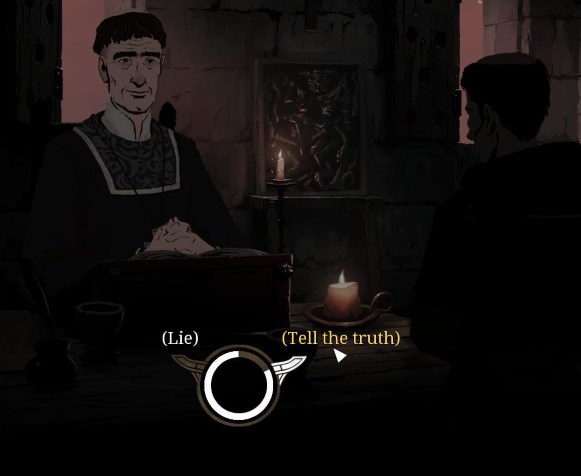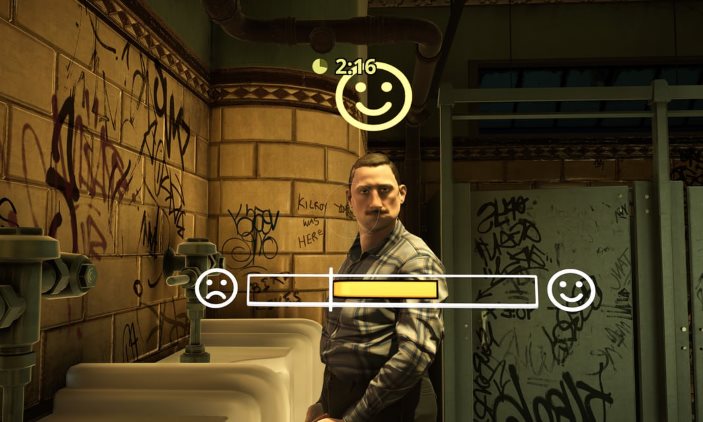
I had no idea that the Los Angeles Review of Books was covering video games but it seems obvious in hindsight. Games are texts in a literary theory sense, after all, as Wikipedia explains:
As texts, games are open to analysis like any other text. It was inevitable that their analysis would move out of the amateur space of student papers and personal blogs and into the formal world of published reviews after the generation that played video games was old enough to get PhDs in literature.
Anyway, the following article is an excellent analysis of the liberal democratic zeitgeist that’s valuable even if one has not played the video game being reviewed. It’s about the modern politics of rage as mediated through the 2016 reboot of the DOOM game franchise.
It’s all great, but here are some choice bits for the tl;dr brigade:
DOOMguy Knows How You Feel
The Union Aerospace Corporation [UAC] appeared as a futuristic defense contractor in the original game. In some not-too-distant, post-apocalyptic future, it has decided that the only path to a sustainable future for humanity is to literally mine energy from Hell. Shockingly, this path to prosperity goes horribly awry. It is up to the newest incarnation of doomguy to sort it out, mostly through destroying key objects, ignoring proffered advice, and murdering a dizzying assortment first of zombified ex- (post-?) UAC employees and then, well, the demonic legions of Hell itself . . .
Games are machines for producing affect, and the affect the public most fears in games is rage . . . The DOOM Emotion Machine pushes you to move beyond mere expression of rage, not just inchoate, unfathomable rage, not just rage at any old thing or the nearest narratively acceptable target, but to feel free to rage at the people who brought you here, rage at their apologists, rage at the idiocy of HR, rage at the plodding stupidity of looking for one more source of “dead labor” . . . Rage at Hell but rage at who brought you to Hell and why any of this is necessary at all . . .
DOOM wants you to consider that when “they go low,” you will scrape the pits of Inferno to go ever lower. DOOM wants you to feel more. But — and perhaps this is sheer, irrational hope on my part, a shard of redemption in a game of bleak glee — DOOM wants you to remember that it is all so stupid. That all of this is instrumental, that the only way out is through, but that this is brutalizing to the world and to yourself. In my most hopeful moment, I think DOOM has old Spinoza on the mind: learn to feel joy in the world again and yes, learn to feel joy in the pain of enemies but remember that it is just — in a measure of mere magnitude — a lesser joy than in the flourishing of friends.
This is some goddamn top shelf games writing. A thousand aggregated Metacritic scores could not encompass the informativeness of this review.
Also, if you’re keen to peruse the magazine’s other video game essays, I recommend Something is Rotten in the State of Lucis: On “Final Fantasy XV”, which analyses the political philosophy of Final Fantasy XV, with especial regard to Hamlet and Americana. I probably won’t ever get FFXV, but this review is well-written enough to give a non-player much to ruminate on.




